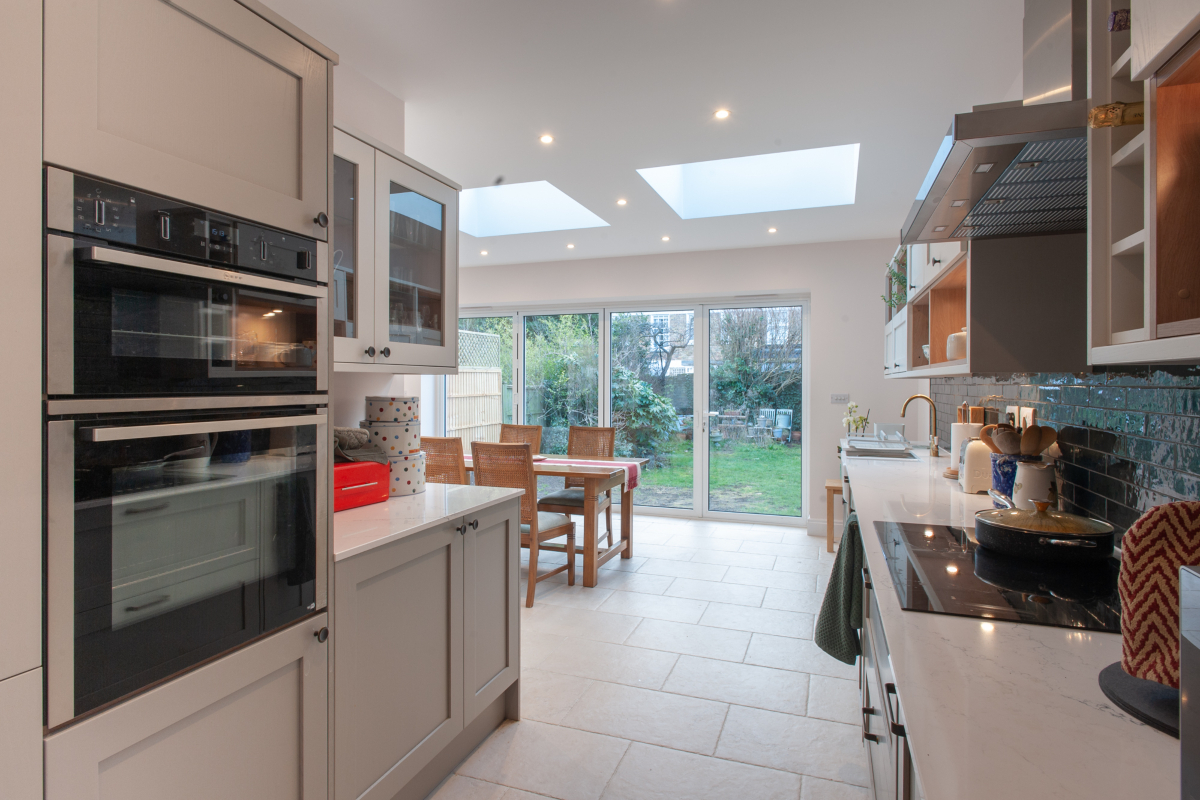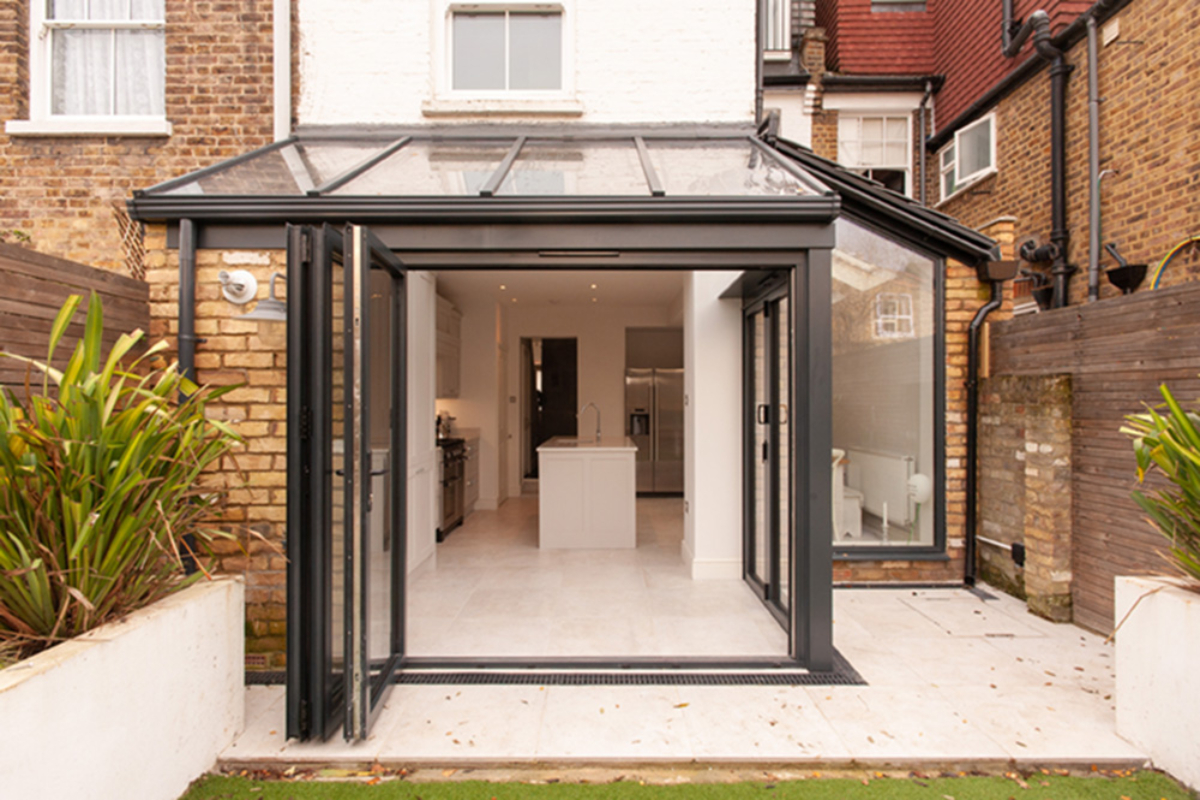Victorian homes are renowned for their unique charm, character, and undeniable history. But these qualities do not necessarily translate into a home that is suitable to accommodate an expanding family, evolving needs, or a modern lifestyle.
This is where loft conversions come in. They allow you to upgrade and upsize your historical home into a beautiful and functional living space through the transformative power of a well-designed loft conversion.
But transforming a classical structure into one that meets contemporary standards while preserving architectural features and incorporating period-appropriate design elements is no easy feat. However, these 10 tips allow you to achieve exactly that:
1. Understand the architectural style –
When renovating any period home, it is crucial to understand the rich history and architectural features that contribute to its charm and character. This allows you to design a loft conversion that does not compromise the architectural integrity of your Victorian home but instead celebrates it.
For example, you could choose to preserve or restore the unique features of your Victorian property such as ornate cornices, sash windows, and exposed brickwork. These details add character and authenticity to your loft conversion.
Similarly, as Victorian architecture often emphasises symmetry and proportion, when designing your loft conversion, strive to maintain the symmetry of the original property. This can be achieved through careful placement of windows, doors, and architectural elements.
2. Consider the structure and space –
Though loft conversions are famous for being well-suited for almost any style of home or property, it’s always best to first check with a thorough site survey.
One of the key aspects that determines the suitability of a property is the availability of adequate roof space that allows for a head height of at least 2.3m. You can check this by measuring the space between the ceiling joist and the ridge of the roof.
You should also aim to address any structural changes or reinforcements that would be required for a successful loft conversion.
3. Enhance the energy efficiency –
Victorian properties can be notoriously cold in winter. Therefore, when converting your loft, prioritise heating and insulation.
Ensure that there is proper insulation between and beneath the rafters, as well as between the walls and the roof, with no gaps that would allow heat to escape. Also, make sure your loft windows and skylights are fitted with A+ rated double glazing or even triple glazing to reduce heat loss.
For heating, consider underfloor heating or radiators with traditional-style cast iron covers for a period-appropriate touch.
Adopting energy-efficient appliances, upgrading your boiler, making use of smart thermostats, and switching to LED lights are some other ways to make sure your loft conversion is energy efficient.
4. Maximise the natural light –
Victorian homes can sometimes have dark interiors. However, as the loft space is perfectly positioned to receive the maximum amount of sunlight, you can further optimise this benefit through the strategic placement and installation of skylights and dormer windows which flood the space with sunlight and create a bright and inviting atmosphere.
5. Consider the layout and flow –
The plan of your loft conversion ultimately determines its success.
Though loft conversions are extremely versatile in their design and use, there are a few things that must be considered in the planning stage in order to allow for a beautifully designed, and smoothly flowing space. These include:
- The position of the staircase- Think about head room, ease of access, and the overall balance of the room.
- Furniture placement- Once again, think about head height, dimensions of the furniture pieces, and how you hope to use the room.
- Position of light fixtures, heaters, air conditioners, and electrical sockets- Because all of these help determine your comfort and convenience.
You could also make the most of your loft conversion by incorporating clever storage solutions that maximise space and minimise clutter. Built-in wardrobes, under-eaves storage, and bespoke shelving units can help you stay organised without sacrificing style.
6. Choose period-appropriate materials –
Choose materials that complement the period style of your Victorian property. Opt for traditional materials such as timber, cast iron, and reclaimed bricks to ensure a cohesive look that seamlessly integrates with the existing structure.
7. Make the necessary connections-
By this, we mean the utility and network connections.
It may seem an obvious and fundamental step, but one that needs to be completed in order to design a fully functional space. This is particularly important if you are planning a loft bathroom that would require water connections in addition to the electrical ones.
8. Invest in interior design –
After all, it’s what’s on the inside that counts.
The interior design of the loft conversion is where you can let your personal style shine. Aim to incorporate practicality, comfort, style, and even sentimentality to design a space that is uniquely yours.
And while it is essential to incorporate modern amenities into your loft conversion, strive to balance these with period charm. Choose contemporary fixtures and fittings that complement the Victorian aesthetic, creating a seamless blend of old and new.
9. Adhere to planning regulations –
Before starting any work, thoroughly research the planning regulations and building codes specific to Victorian properties in your area. Understanding the requirements and adhering to these guidelines will help you avoid potential setbacks and ensure compliance with local regulations and legal requirements.
This is especially true when planning permission or party wall agreements are required.
10. Consult with professionals –
Loft conversions can be complex projects, especially in older properties like Victorian homes. Consult with architects, structural engineers, and experienced builders who have expertise in working with period properties. Their knowledge and advice will help ensure a successful loft conversion that respects the integrity of your Victorian home.
The best loft conversion specialists can help you in:
- Designing the loft conversion in accordance with council requirements and safety standards
- Coordinating with the local council and securing the requisite planning permission, building regulations approval, and party wall agreements
- Choosing the right materials (based on the aesthetic, cost, and availability)
- Optimising the space to best fit your design requirements (and to include hidden storage)
- Designing the ultimate bespoke loft conversion based on your specific needs
With careful planning, attention to detail, a respect for the heritage of your Victorian home, and these tips in mind, you are well-equipped to embark on your journey to transforming your Victorian attic and creating a stylish and functional loft conversion that seamlessly integrates with the character, charm, and timelessness of your Victorian property while adding valuable living space.
Looking for the best loft conversion specialists who specialise in renovating period properties? Contact the incredible team at Good Design and Build!
At Good Design and Build we pride ourselves in offering you a complete solution, from design to build. See our recently completed projects, get inspired, and start your dream home journey with us today!




